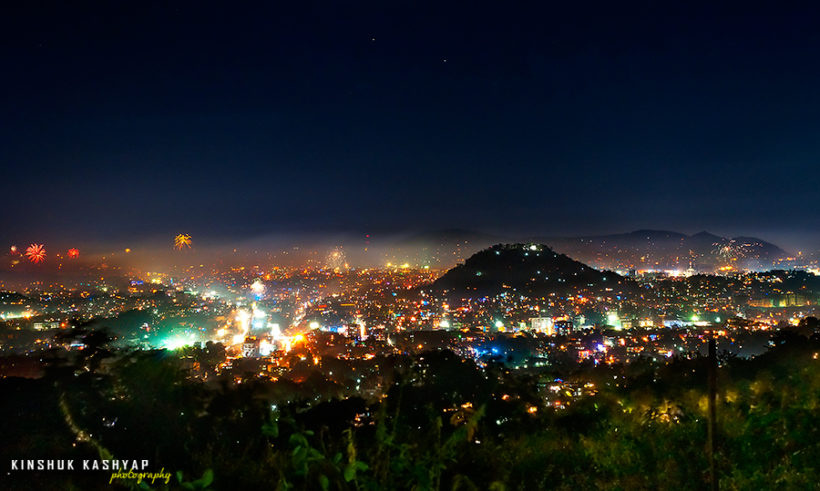The virtual capital city of the northeastern part of India, Guwahati today nurtures nearly one thousand working journalists who are associated with various newspapers, news channels, radio outlets, digital platforms, etc and without a doubt, they need a space for wide interactions with no prejudice and trepidations.
For decades, the city-based journalists have been crying for a permanent place with the necessary infrastructure and minimum facilities, where they can assemble, discuss and resolve issues related to the medium and finally the great nation. One can expect that the government would take a positive stand over the matter and go for a press complex/ conclave/centre in a prime location of the prehistoric city. The primary need of the complex will be an auditorium with 500-1000 capacities, with the modern sound system and other new technology-oriented equipment. The multi-story auditorium should be ready for use in a video conference meet as well, which can host important personalities (including foreign country heads, acclaimed authors, illustrious journalists, etc) anytime. For the physical presence of an individual with utmost socio-political importance, the auditorium should fulfil the security needs (like separate entry/exit, lift, lobby with a refreshing room, etc). Along with the press conferences, the auditorium may be used for regular training and orientation programs for the journalists (precisely the novice scribes) to understand new trends of the media world and its sustainability with credibility.
The complex should also include some deluxe as well as economically viable lodging arrangements for the visiting journalists from different parts of Assam/Northeast/India and also from outside the country. A common restaurant will be an essential addition, where the journalists and their well-wishers can hang out in a dignified ambience and pass quality time. The complex may give space to all north-eastern States to showcase their tourism destinations (or any attractions they prefer) in separate chambers. The DoNER ministry (responsible for the development of the north-eastern region)/ North Eastern Council may also be approached for using the space for pragmatic media communications. The entire complex should be designed with the concept of energy efficiency, where the sunlight, natural airflow and open space would get due privileges. Adequate solar power generation and rainwater harvesting arrangements should exhibit the entire complex as a new model of buildings/apartments/campus in the country.
Finally and most importantly, the complex should give space to the city-based press clubs, recognised journalist associations, media house owner-editors’ forum, etc to run their offices independently. The beneficiary organisations may be levied with a nominal amount of money for the overall maintenance of the complex. Even though the government may support the complex managing committee from time to time, it should generate funds for its own survival. Its management board should incorporate representatives from the information & public relations department, civil administration, police authority, medical-engineering-environment sectors along with the mainstream media outlet owners, editors, reporters, news-desk employees, photo-visual journalists, media columnists, etc. Any organisation, which runs its office from the complex, may opt for a bigger campus as and when it feels necessary, and there should be no bar for members of the particular organisation to generate resources for their expected project.
While the proposed complex will nurture the long-pending expectations for hundreds of honest, dedicated and committed journalists to have an autonomous institution with the mandate to promote professionalism and excellence in journalism, it will also help Guwahati Press Club to have a permanent address. The said press club, which is functioning from the Ambari archaeological site, needs to be shifted so that the richest archaeological site can be accommodated for necessary preservation and research works. Situated in the heart of Gauhati (under Kamrup metro district), the site has been excavated several times since 1968 to find more archaeological remains. Discovered in the course of construction for the Reserve Bank of India’s office in the locality, the site attracts visitors from different parts of the country. The archaeology department claims that the ruins of Ambari reflect the period of Sunga-Kushana dynasty. It continues sending letters to the press club committee to leave the site as well as the district administration to take necessary actions but in vain. Nonetheless Gauhati Press Club today does not enjoy the privilege of representing all professional journalists based in the city. Rather, the present committee faced serious allegations of extending media space to a hardliner militant leader, and hence it should be a priority of the State government in Dispur to adopt a roadmap, where the important site can be made encroachment-free urgently and the media persons also own a modern centre meaning for uplifting their professional spirit.
The author is a northeast India-based journalist and media activist










